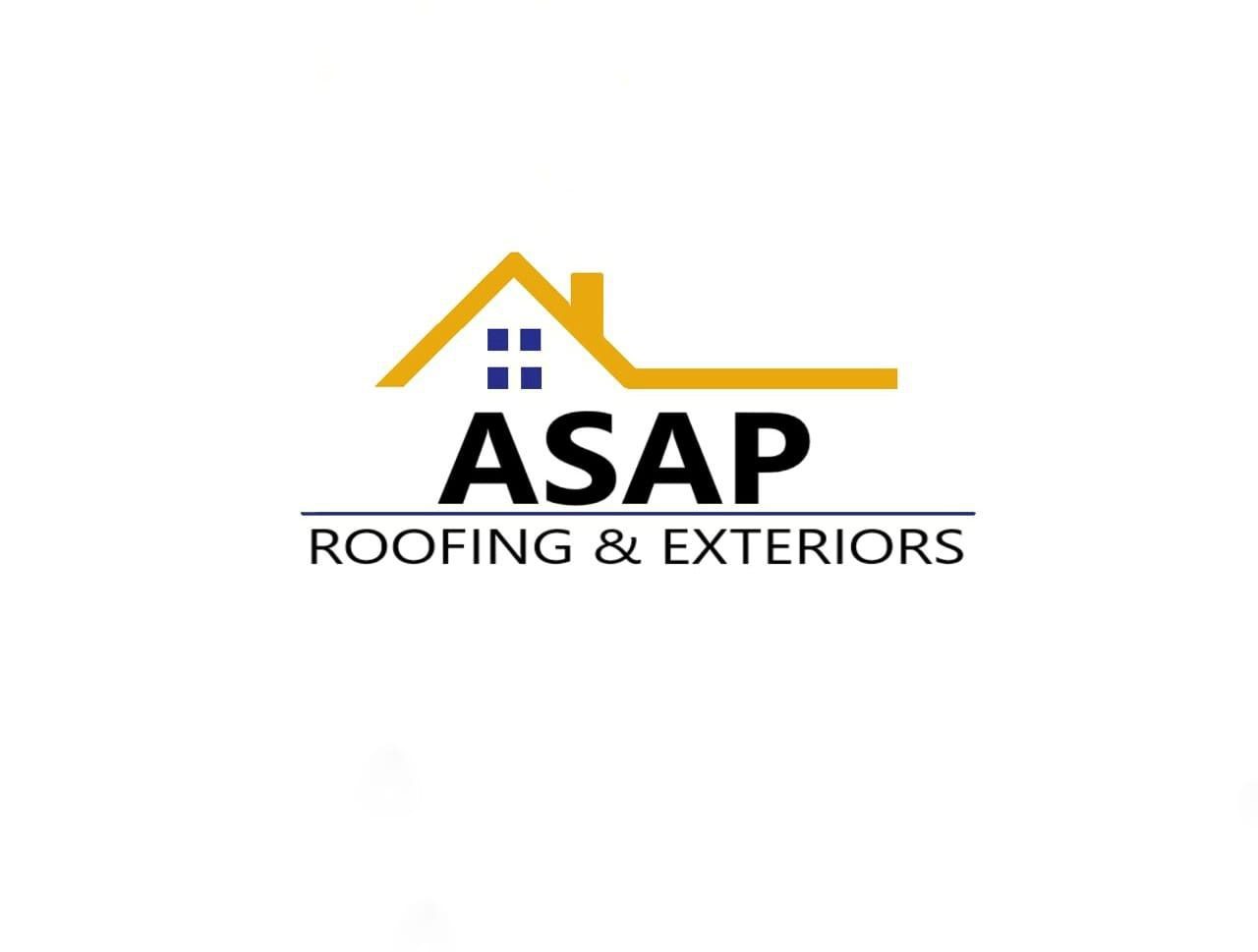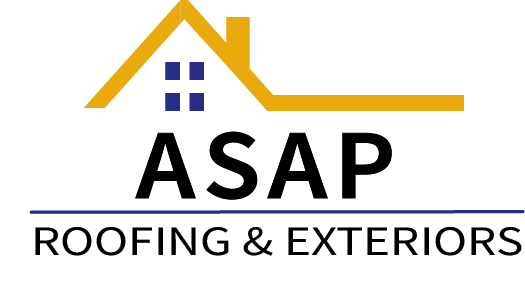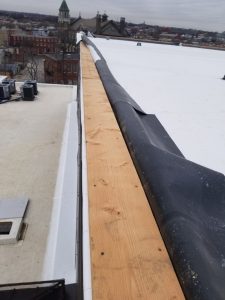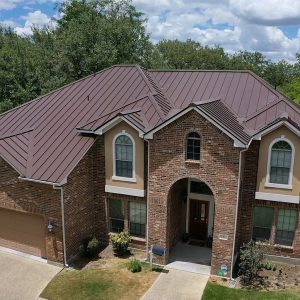Urban landscapes are a tapestry of architectural designs where every inch of space is at a premium. Among the myriad of building structures and designs, one stands out for its practicality and contemporary appeal – the flat roof. Not only do they represent the zenith of modern architecture, but they also offer a plethora of benefits suited to city life. As flat roofers frequently highlight, these roofs are more than just a design choice; they are a strategic decision that urban developers should consider.
Space Optimization: More Than Just a Roof
With space being such a coveted resource in urban areas, flat roofs provide an invaluable opportunity to utilize every available square foot. Traditional pitched roofs might offer aesthetic diversity, but they don’t provide functional space that can be used for other purposes. Flat roofs, on the other hand, open the door to a host of possibilities. Think of rooftop gardens, which not only offer a green oasis in the heart of concrete jungles but also help in the temperature regulation of the building. Then there’s the potential for creating recreational spaces, be it a rooftop cafe, a gym, or a mini-park. In commercial settings, these roofs can also house HVAC units, satellite dishes, and solar panels without the need for specialized mounting that angled roofs might require.
Simplicity in Maintenance
Another point that flat roofers often emphasize is the ease of maintenance. Unlike sloping roofs with their nooks, crannies, and varied pitch, flat roofs offer a straightforward landscape. This simplicity makes inspections, cleanings, and repairs more accessible and often faster. Additionally, with the right waterproofing and drainage system in place, concerns about water stagnation or leaks can be efficiently addressed.
A Modern Architectural Statement
From a design perspective, flat roofs are undeniably sleek and modern. They offer a minimalist appeal that aligns perfectly with the contemporary architectural trends dominating urban spaces. The absence of eaves, slopes, and trusses means that buildings can have cleaner lines and a more streamlined look. This aesthetic aligns with the current zeitgeist of urban design, which leans toward simplicity, functionality, and sustainability.
Championing Sustainability and Efficiency
Speaking of sustainability, another advantage that many flat roofers highlight is the energy efficiency of flat roofs. With the right materials, these roofs can reflect more sunlight and absorb less heat – a boon in hot climates. When combined with green roofing, they can further insulate a building, leading to significant energy savings.
Durability in Urban Conditions
Flat roofs can be incredibly durable. With advances in materials and installation techniques, many of the previous concerns about flat roofs, like water pooling or insufficient drainage, have been addressed. Residential and commercial roofing experts can now ensure that these roofs stand the test of time, weathering urban pollutants, rain, snow, and more.
Conclusion
While the aesthetics of a building are subjective, the functional benefits of flat roofs in urban spaces are undeniable. They offer a blend of practicality, modern design, and sustainability – all critical components for contemporary urban living. As flat roofers continue to innovate and refine their craft, the future of urban architecture looks flat and incredibly promising.





